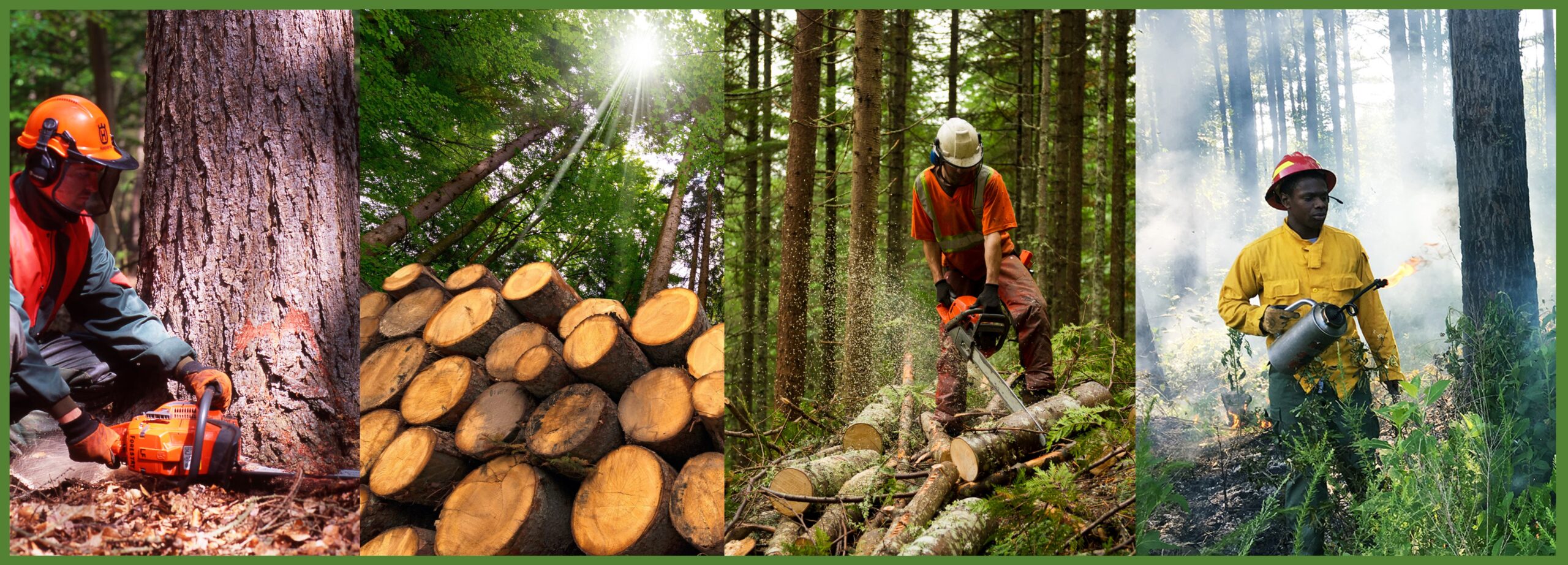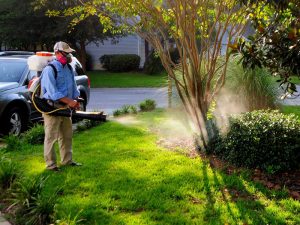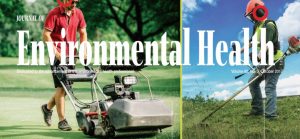Knecht H*, Balanay JG, Langley R, Tutor-Marcom R and Richards SL (2023). Systematic Review of Biological, Chemical, Ergonomic, Physical, and Psychosocial Hazards Impacting Occupational Health of United States Forestry Workers. Journal of Forestry, doi:10.1093/jofore/fvad052
Abstract
Forestry is one of the most hazardous occupations, due in part to the biological, chemical, ergonomic, physical, and psychosocial aspects of the job. Here, we review health risks in forestry occupations, including those in professional and technical forestry, logging, and forestry support, from the standpoint of biological (e.g., insects/arachnids, plants), chemical (e.g., diesel exhaust), ergonomic (e.g., awkward postures, forceful motions), physical (temperature, noise, vibrations, radiation), and psychosocial (e.g., workplace factors that cause stress, strain, or interpersonal problems for the worker) issues. We conducted a systematic review over a 10-year period (2011–2021) to assess health hazards identified in studies conducted on these occupations and reveal knowledge gaps for future studies to address. This study focuses on occupational health rather than occupational safety. Other forestry worker occupational health and safety studies have focused on analyzing injuries and deaths directly relating to transportation and/or contact with objects such as trees or logs and equipment; however, the areas of occupational health highlighted here have been understudied. Future work should focus on these areas, with an emphasis on intervention strategies that eliminate or mitigate the deleterious health effects of occupational exposures.
*Heidi Knecht is an alumnus of the ECU MS Environmental Health Program and DrPH (Occupational and Environmental Health) Program.




